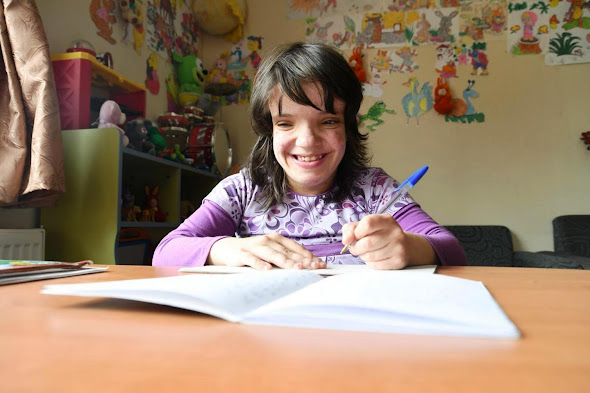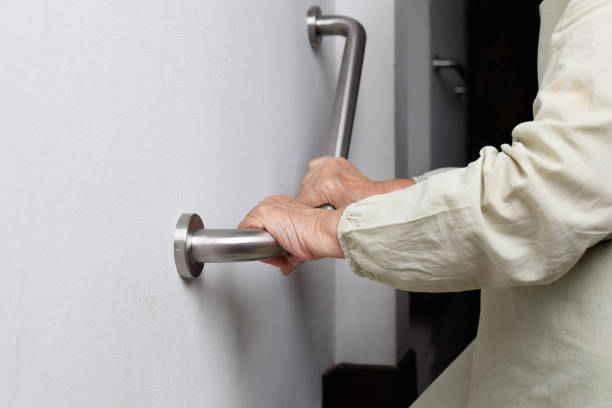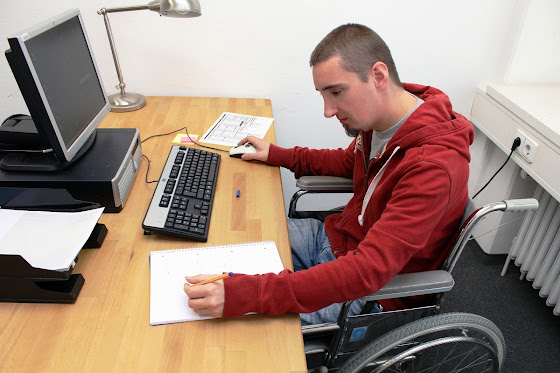How To Identify Physical Disability?
It is a difficult realization of physical disability, whether it’s a result of an accident or any other cause of impairment. Physical disability is a long-term condition affecting a person’s body to stop functioning correctly, hard in mobility, agility, and stamina. SDA Housing Melbourne supports people with the loss of physical capacity and reduced ability or inability to perform bodily functions like moving, walking their legs and arms for standing and sitting.
People who have a physical disability can face difficulty performing routine tasks such as dressing up, gripping things, and carrying out work activities. Some people may get a disability in life by accident or illness, but some are born with this. Here are a few causes and types of disability to identify the part of body impairment.
What causes a physical disability?
Physical health is important for the proper functioning of the human body, and your daily routine depends on your abilities. At the same time, physical disabilities result from acquired reasons (accident, etc.), are hereditary, and could be congenital.
-Hereditary or congenital
Since birth, it is a disability produced in a person, developed the condition because of inherited genetic problems, issues with muscle cells, or suffered the injury during birth.
-Acquired
Acquired disability occurs when a person has brain injuries, diseases, accidents, medical conditions, and other side effects of disorders like dementia and stroke.
Types of physical disabilities
Physical disability affects people differently, like hearing loss, mobility impairment, visual impairments, seizures, and chronic pain.
1. Musculoskeletal disability
It is a type of physical disability in which a person’s body affect by deformity of limbs, muscular dystrophy, and Osteogenesisimperfecta. It directly affects the muscles and bones of the body and causes diseases, deformities, and degeneration. You will find out 200 musculoskeletal conditions each year, such as osteoarthritis, fracture associated with bone fragility, back and neck pain, and other inflammatory conditions (rheumatoid arthritis).
2. Neuromusculoskeletal disability
It is a kind of disability in which body parts are affected by the disease, disorder, or nervous system and degeneration. It includes certain types of physical inability like spina bifida, cerebral palsy, poliomyelitis, stroke, head injury, or spinal cord injury.
Common physical disabilities
These are common physical disabilities that are difficult or later realize the failure of body parts such as epilepsy, cerebral palsy, acquired brain injury, and arthritis.
-Cerebral palsy
It occurs in young children and is a group of non-progressive disorders that damage the brain and causing impairment of motor function. It includes associated disabilities that affect the intellect and behavior of a person and cause issues in movement and coordination.
-Spina bifida
It is a disability in the development of the baby’s spinal cord that results in ina gap in the spine and exposed nerves, so it causes paralysis to the lower body. It also results in losing control of the bowel and bladder.
-Acquired brain injury
There are many causes of acquired brain injury and can result from the head injury, alcohol, stroke, damage to the brain after birth, and cancer.
Conclusion
Disability Housing Investment Melbourne provides benefits to the investors and the tenant as well. They help in providing a dwelling to the physically abled people.




Comments
Post a Comment